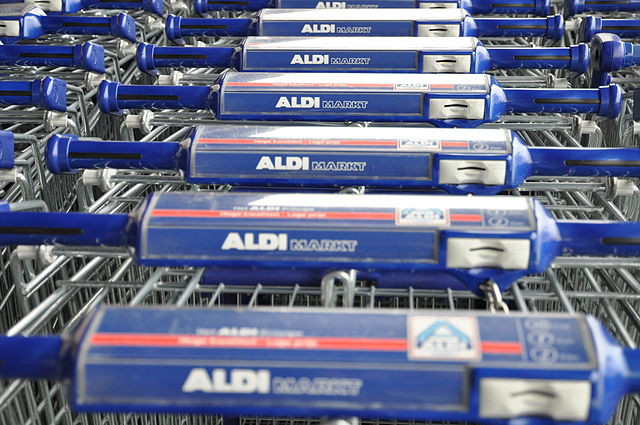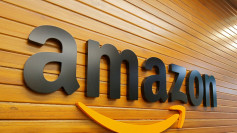Amid a chaotic retail battle, German supermarket chain Aldi, known colloquially as the "poor man's supermarket," has been successfully expanding worldwide with a low-cost strategy since its inception in 1913. When Aldi entered the Chinese market in 2017, it rebranded itself as a boutique supermarket targeting the middle class.
As the consumer environment in China evolved, with competitors like Hema and Sam's Club initiating price wars, Aldi also adapted by shedding its "disguise." With the promise of "good quality, low prices," Aldi has captured a significant consumer base.
Currently, Aldi operates 50 stores, all located in Shanghai, China.
Globally, Aldi has honed its strategy of leveraging low prices as its "killer app." Amid high inflation, the supermarket has embedded cost-saving measures in every detail, carving out its own path to growth.
Data from Placer.ai, a location analytics firm, shows that in March, traffic at Aldi's U.S. stores grew by approximately 26%, outpacing giants like Kroger and Trader Joe's, which saw growth of 6% and 15%, respectively.
Aldi's Low-Price Secrets
In the United States, customers don't feel the pinch of inflation at Aldi. According to Customer Growth Partners, a retail research and consultancy, Aldi's prices for a basket of 50 typical household items were about 6% cheaper than Walmart, and fresh and frozen foods were nearly 16% less expensive in the first three months of the year.
Aldi's meat prices are so low that there were rumors in the U.S. that the pork sold at Aldi was lab-created, which highlights the extent of its cost competitiveness.
Aldi stores are typically smaller than 2,000 square meters, half the size of an average supermarket, which translates into cheaper rent, lower energy costs, and fewer employees. In the U.S., Aldi often staffs fewer than five employees per shift, considerably less than Walmart.
Additionally, Aldi has a robust training system that allows its employees to perform multiple tasks, saving costs that are reflected in the product pricing.
The real key to Aldi's strategy is its limited SKU (Stock Keeping Unit) assortment and a high proportion of private labels. According to the Food Marketing Institute (FMI), Aldi keeps its SKU count below 2,000, while the average supermarket stocks over 31,000 items. This SKU simplification means that customer purchases are concentrated on fewer products, allowing Aldi to buy in larger quantities and increase its bargaining power with suppliers.
Aldi's private label products make up to 90% of its offerings, compared to 20% to 40% at competitors like Costco and Sam's Club. By collaborating directly with suppliers, Aldi participates in product design, production, and quality control, effectively eliminating brand premiums and middleman markups to offer competitively priced goods.
Cost-Saving in Every Detail
Aldi optimizes every detail for cost-effectiveness. Goods are stacked in customized cardboard boxes on shelves, maximizing space utilization. These goods are transported in these boxes from trucks directly to shelves, saving unpacking and stocking time, and ultimately saving money.
Last year, Aldi invested $20 million to replace paper price tags with electronic ones, which can be adjusted in real time and turned red during promotions, saving about 156 tons of paper and countless hours of labor.
As inflation squeezes budgets worldwide, Aldi's aggressive low-cost strategy not only allows it to expand against the tide but also places significant pressure on its competitors. In the U.K., a proposed Aldi store in Amersham, Buckinghamshire, supported by over 1,500 residents, faced opposition from Tesco, citing potential negative impacts on surrounding protected buildings.
Rodney McMullen, CEO of Kroger, acknowledged Aldi's competitive strength, stating that they are an incredibly strong competitor."






